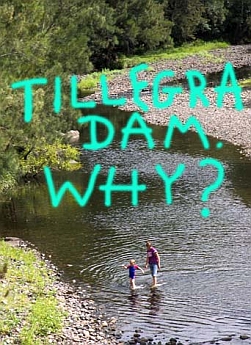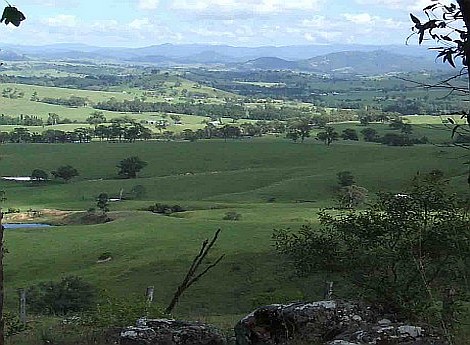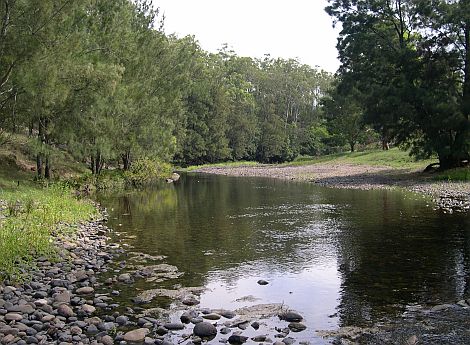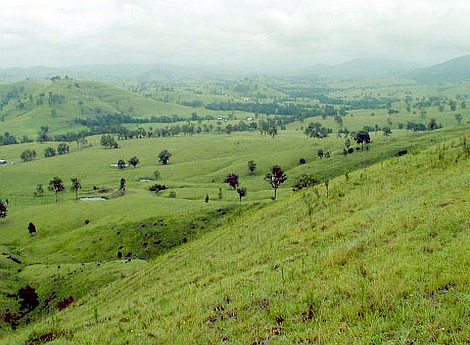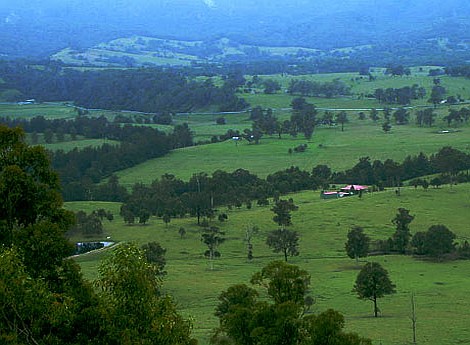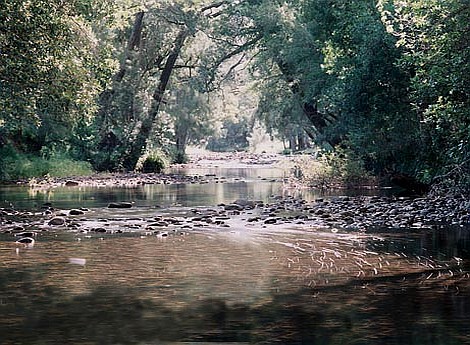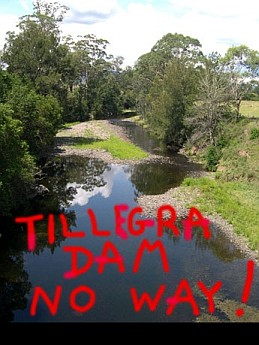Dump the dam
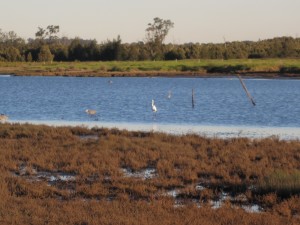 Three independent reviews conducted by the NSW Department of Planning (DoP) have brought in a verdict AGAINST Hunter Water’s Tillegra Dam proposal. The reviews are scathing of the dam’s proponent, Hunter Water Corporation (HWC). They also validate research and reports conducted by independent experts such as Professor Richard Kingsford (UNSW), Professor Stuart White and Dr Simon Fane (UTS), Dr Steven Lucas (Newcastle Uni) and Dr Geoffrey Wells (Uni of South Australia), who found that Tillegra Dam is not the optimal water supply solution for the Hunter and would result in irreparable impacts on the Ramsar-listed lower Hunter wetlands.
Three independent reviews conducted by the NSW Department of Planning (DoP) have brought in a verdict AGAINST Hunter Water’s Tillegra Dam proposal. The reviews are scathing of the dam’s proponent, Hunter Water Corporation (HWC). They also validate research and reports conducted by independent experts such as Professor Richard Kingsford (UNSW), Professor Stuart White and Dr Simon Fane (UTS), Dr Steven Lucas (Newcastle Uni) and Dr Geoffrey Wells (Uni of South Australia), who found that Tillegra Dam is not the optimal water supply solution for the Hunter and would result in irreparable impacts on the Ramsar-listed lower Hunter wetlands.
The evidence condemns the Tillegra Dam proposal:
- current modelling of the Hunter Estuary by Hunter Water is inaccurate
- there is not sufficient reliable information for the State or Federal Government to approve Tillegra Dam
- because there is no sustainable diversion limit for the Hunter Estuary, there would be considerable risk to the Ramsar wetlands site
- Tillegra Dam will provide a ridiculously high 1:10,000,000 protection from drought
- there are better ways to manage the Hunter’s water supply.
Centre for International Economics’ review slams Tillegra economics
The Centre for International Economics (CIE), which previously advised the Federal Government on the axing of Queensland’s Traveston Dam, criticised Hunter Water’s analysis of alternative water supply options, citing the utility’s:
- lack of consideration of a portfolio of sources
- failure to adopt the more modern framework used in Sydney Water’s Metropolitan Water Plan.
The CIE report stated that:
“Given the limitations in the analytical framework used by Hunter Water and Aurecon, we do not support the conclusion that ‘the economic analysis supports the conclusion that Tillegra Dam is the best solution to meet the future water supply needs of Hunter Water….”
“there is a strong chance that there are other portfolios of options that would result in a greater improvement in net social welfare compared to Tillegra dam.”
“There does not appear to be recognition that there could be significant reduction in costs from being able to defer the construction of a large scale infrastructure that is irreversible.”
Independent hydrology reviews reject Hunter Water’s modelling
The two hydrology reviews conducted for the Department of Planning rejected the validity, rigor, accuracy and interpretations of Hunter Water’s modelling on the Hunter Estuary and Ramsar listed wetlands. The reports also confirmed previous research conducted by Professor Richard Kingsford.
The reviews expose substantial inaccuracies in Hunter Water’s modelling and assumptions that lead to the conclusions that “there would be no measurable effect from the changes in freshwater flows to the estuary” and “the potential impact of Tillegra Dam on the Ramsar wetlands in the lower estuary will be negligible across the range of flows”.
The conclusions themselves are thus not supportable.
Bewsher Consulting’s Independent Review of Tillegra Dam Hydrology concluded that:
“This lack of verification….has detracted from its (HWC’s) credibility in assessing the impacts of the proposed Tillegra Dam on streamflows…. lack of rigor in the prediction of streamflows… The reviewer agrees with UNSW that (HWC’s modelling) is likely to be under-predicting streamflow… monthly streamflow volumes passed to the estuary downstream of Seaham Weir could reduce by as much as 80% (which is consistent with UNSW)…on average 16.9% of the freshwater inflows to the estuary originate from the Williams River…This will reduce to 13.7% of the estuary flows, post-Tillegra. One part of the EAR erroneously suggests 3%……”
UNSW’s Water@Lab found that:
“The reports provided do not clearly define the ecological issues under consideration and the consequent linkages and requirements of the numerical modelling studies taken….Within the reports provided, there are significant gaps and it is not presently possible to determine whether the approach taken and the consequent conclusions made are reliable.”
NSW Office of Water expresses grave concerns for wetlands, other water users
In an official submission to the Department of Planning dated 4 May 2010, the NSW Office of Water (NOW) expressed grave reservations about the Tillegra Dam proposal, citing the lack of a completed water sharing plan for the Hunter Valley. NOW identified the subsequent risk to other water users, including electricity generators and the Ramsar-listed wetlands and estuary.
“ln assessing the need for the dam against the environmental impact of the darn, we are dealing with a high level of uncertainty”.
Professor Kingsford’s new salinity research confirms risk to wetlands
New ‘real’ salinity data collected by NOW in the Hunter Estuary since January 2010, and analysed by UNSW’s Professor Richard Kingsford, Australia’s foremost wetlands expert, has confirmed that the estuary and Ramsar wetlands would be at significant risk if Tillegra Dam were to proceed. Professor Kingsford’s analysis warned that Tillegra Dam would increase salinity levels in the internationally protected Ramsar listed wetlands, damaging the most important site for migratory shorebirds in NSW. Also at risk would be the tidal pool irrigators, the seafood industry and the productivity and ecological integrity of the Hunter estuary. Professor Kingsford has called for more salinity research to be conducted on the Hunter River Estuary before any determination of the Tillegra Dam proposal.
It’s time to dump the Tillegra Dam proposal!
